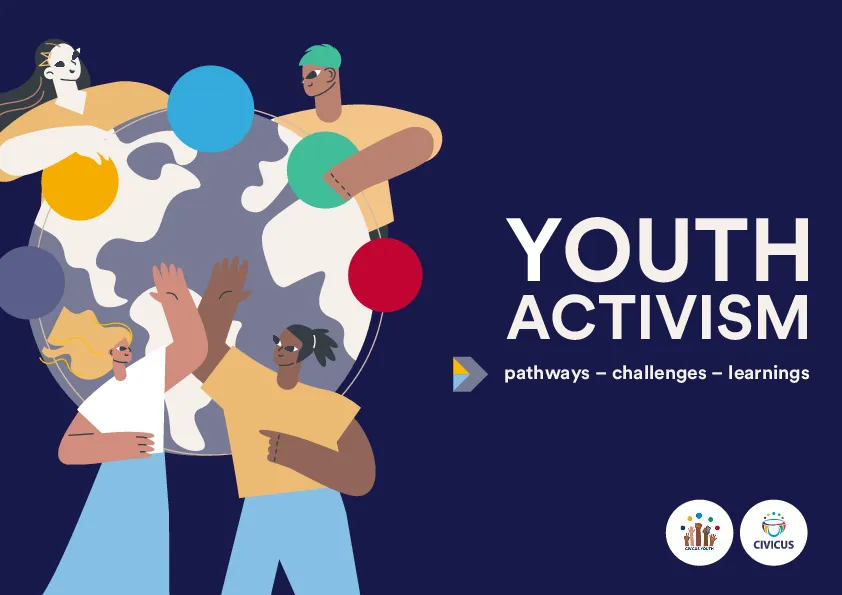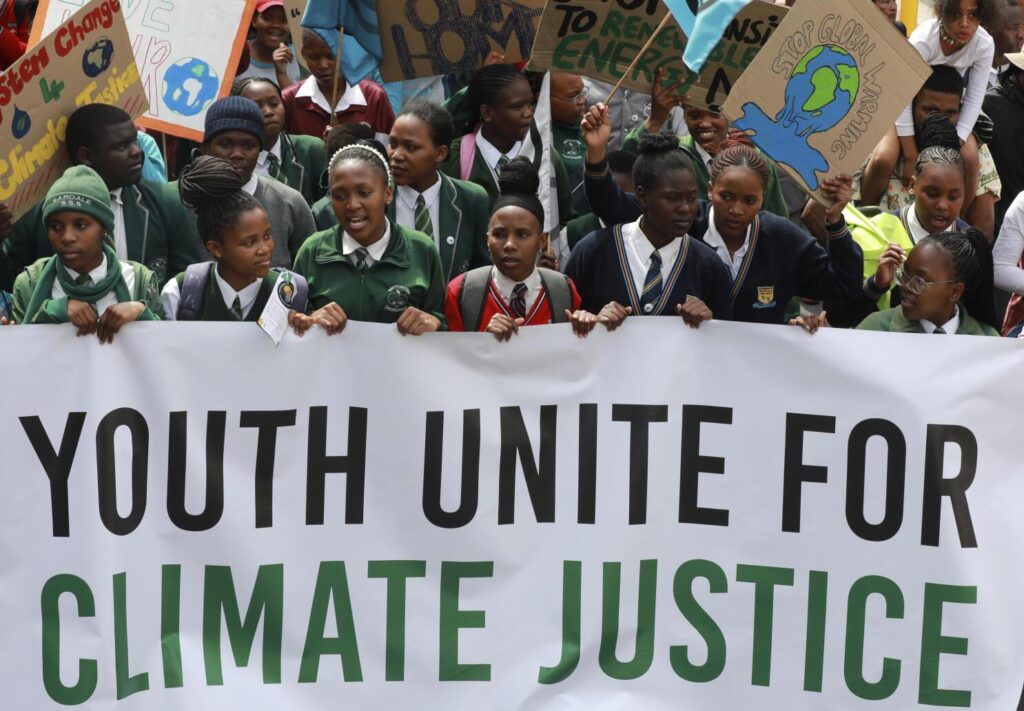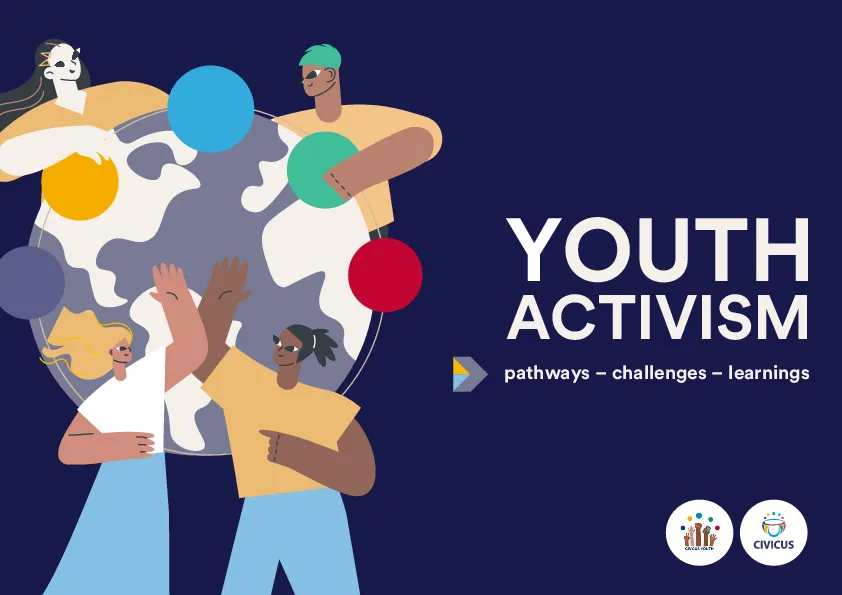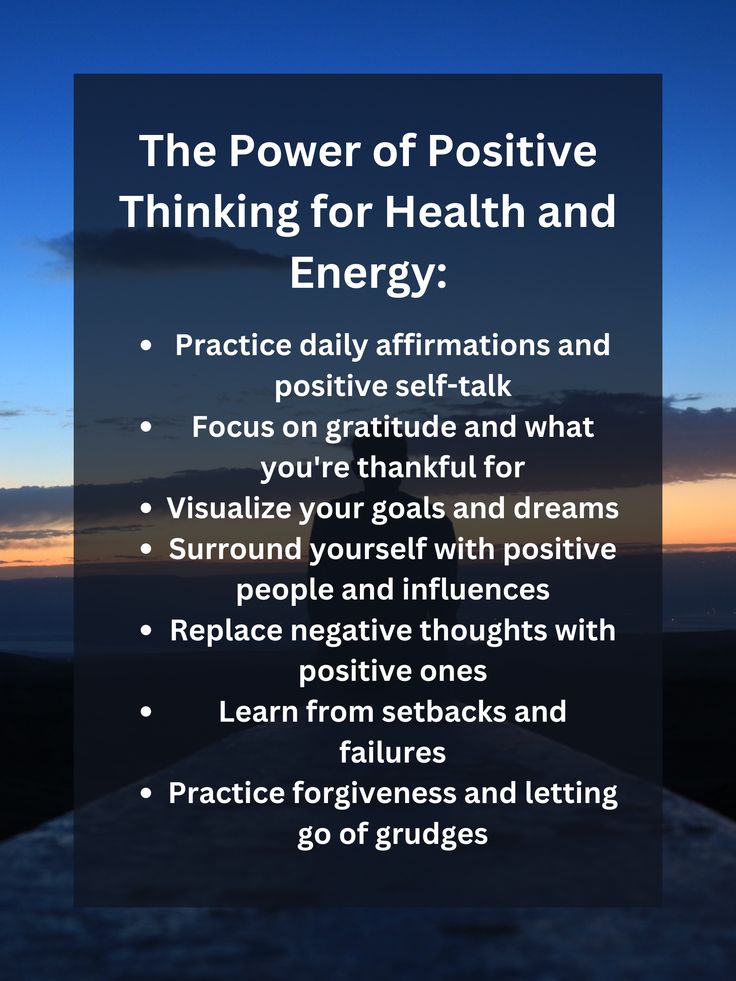
Youth activism has become a cornerstone of the global movement for social change. Over recent decades, young people have taken on critical roles in advocating for environmental protection, racial equality, women’s rights, and political transformation. Driven by passion, energy, and a steadfast commitment to justice, youth activists are challenging the status quo and demanding a more just and equitable future for everyone. From Greta Thunberg’s climate strikes to the global impact of the Black Lives Matter movement, youth activism is not only growing louder but is also defining the trajectory of social, political, and cultural movements worldwide.
The Growth of Youth Activism: A Historical Overview
While youth activism has always played a role in social movements, its urgency and global impact have surged in recent decades. Throughout history, young people have been at the forefront of significant social movements. In the 1960s, during the American civil rights movement, young leaders like John Lewis and Diane Nash emerged as powerful voices demanding equality. Similarly, during the Vietnam War, student protests were a significant part of the anti-war movement, calling for peace and justice.
In the 21st century, the rise of social media has given youth activism a fresh direction. The internet has provided a powerful platform for young people to organize, mobilize, and amplify their voices in ways never before possible. Whether through hashtags like. BlackLivesMatter or TikTok challenges promoting social justice, young activists are using online media to engage global audiences and raise awareness about critical issues.
Youth-Led Environmental Movements: A Fight for the Planet
One of the most prominent areas of youth activism today is the fight against climate change. Young people, particularly those in Generation Z and Millennials, are leading the charge for urgent action on the environmental crisis. Greta Thunberg, a Swedish teenager, is perhaps the most recognizable figure in this movement. Her solitary protest outside the Swedish parliament in 2018 sparked the global Fridays for Future movement, encouraging students worldwide to skip school on Fridays and demand stronger climate action from their governments.
Thunberg’s activism has inspired millions of young people around the globe to join in climate protests and online campaigns. These youth-led movements continue to push for policy reforms at local, national, and international levels, urging world leaders to take decisive action to combat climate change and preserve the planet for future generations. Alongside Thunberg, activists like Malala Yousafzai, Xiuhtezcatl Martinez, and Autumn Peltier have also become prominent voices in the fight for environmental justice, focusing not only on environmental protection but also on issues like inequality, poverty, and the rights of indigenous communities, which are disproportionately affected by environmental damage.

The Fight for Racial Justice: Youth Taking the Lead
Youth activism has also been a driving force in the struggle for racial justice. The Black Lives Matter movement, which gained widespread attention following the killing of George Floyd in 2020, is rooted in youth-led activism. The movement’s grassroots nature, largely driven by young activists, has spotlighted systemic racism, police brutality, and racial inequalities in the United States and beyond.
The tragic death of George Floyd sparked protests around the world, with young people leading the charge for justice and reform. Social media platforms like Instagram, Twitter, and TikTok played a crucial role in mobilizing protests and spreading the message globally. Through hashtags like BlackLivesMatter, SayHerName, and JusticeForGeorgeFloyd, young people have been able to organize communities, raise awareness, and hold government officials accountable for their actions.
Youth activists in the Black Lives Matter movement are not only calling for justice in specific cases but are also advocating for broader systemic change. They are pushing for police reform, greater representation in decision-making, and an end to racial profiling. This movement has brought issues of race, privilege, and power to the forefront, leading to significant policy changes in cities across the United States and around the world.
Gender Equality and LGBTQ+ Rights: Breaking Barriers
Young people have also been at the forefront of movements for gender equality and LGBTQ+ rights. As young voices grow louder on issues of gender identity, sexual orientation, and gender-based violence, they are challenging traditional norms and demanding a more inclusive and equal society.
The MeToo movement, which initially used social media to expose the widespread prevalence of sexual harassment and assault, was largely driven by young women and girls. This movement mobilized people to speak out, call for accountability, and fight for reforms in workplaces and other areas of society. Young activists are committed to continuing the fight for gender equality, advocating for issues like pay equality, reproductive rights, and the elimination of violence against women. They are also challenging patriarchal systems that perpetuate inequality.
In the LGBTQ+ rights movement, youth have been leading the call for equal rights, including marriage equality, anti-discrimination protections, and recognition of gender diversity. Young activists have been at the forefront of the fight for transgender rights, confronting discriminatory laws and advocating for the recognition and protection of gender diversity. Through their activism, LGBTQ+ youth have gained solidarity, support, and empowerment, inspiring future generations to continue the fight for equality and acceptance.
The Role of Technology and Social Media in Youth Activism
One of the defining features of modern youth activism is the widespread use of technology and social media. Platforms like Instagram, Twitter, TikTok, and Facebook have provided young activists with the tools to connect, mobilize, and amplify their messages globally. Social media allows youth to bypass traditional media outlets, directly reaching their audiences and engaging in real-time discussions about important issues.
The viral nature of social media means that social justice causes can quickly gain traction, drawing attention from millions of people worldwide. Movements like BlackLivesMatter, FridaysForFuture, and MeToo have spread rapidly thanks to social media, allowing young people to mobilize massive crowds and generate global awareness. Social media also helps shed light on issues that might otherwise be ignored by mainstream media, with youth activists using these platforms to highlight human rights violations, climate change, racial injustice, and more.
Moreover, social media gives youth the power to hold institutions accountable. Activists can use these platforms to expose wrongdoings, demand justice, and call for systemic change. As a result, social media has become a vital tool in the youth activism toolkit.
Challenges Faced by Youth Activists
Despite the tremendous potential of youth activism, young people face numerous challenges in their efforts to bring about change. One significant obstacle is the lack of access to resources and institutional support. Many young activists face opposition from governments, corporate elites, and other powerful forces that are resistant to change or unwilling to listen to the voices of young people. In some cases, youth activists are subjected to legal retaliation, harassment, or even violence for their actions.
Furthermore, youth activists often struggle to balance their activism with other responsibilities, such as school or work. Many young people are juggling their education or employment with organizing protests, running campaigns, and participating in demonstrations, which can be physically and emotionally taxing.
The online spaces that are so crucial for youth activism also pose risks, including cyberbullying, online harassment, and doxxing. Youth activists are often targeted by individuals or organizations that oppose their causes, making it difficult for them to maintain their activism in the long run.
The Future of Youth Activism
Despite these challenges, the future of youth activism looks promising. As young people continue to organize, advocate, and mobilize, they will undoubtedly remain a powerful force for change. The interconnected world made possible by technology ensures that youth movements will only grow stronger, as young people from across the globe unite to address shared global concerns.
In the coming years, youth activism is expected to tackle a broad array of issues, including climate change, human rights, racial justice, gender equality, mental health, and economic inequality. As the leaders of tomorrow, young people will continue to use their voices, platforms, and collective power to bring about positive change in the world.
Conclusion
Youth activism is not a passing trend—it’s a revolution that is shaping the future. From pushing for climate action to advocating for racial justice and gender equality, young people are stepping into leadership roles and demanding a better, more equitable world. With the energy, creativity, and determination of youth activists, the world is being reminded that age is no barrier to making a difference. As they continue to challenge the status quo and call for change, the future is bright for those who dare to dream of a better tomorrow.




